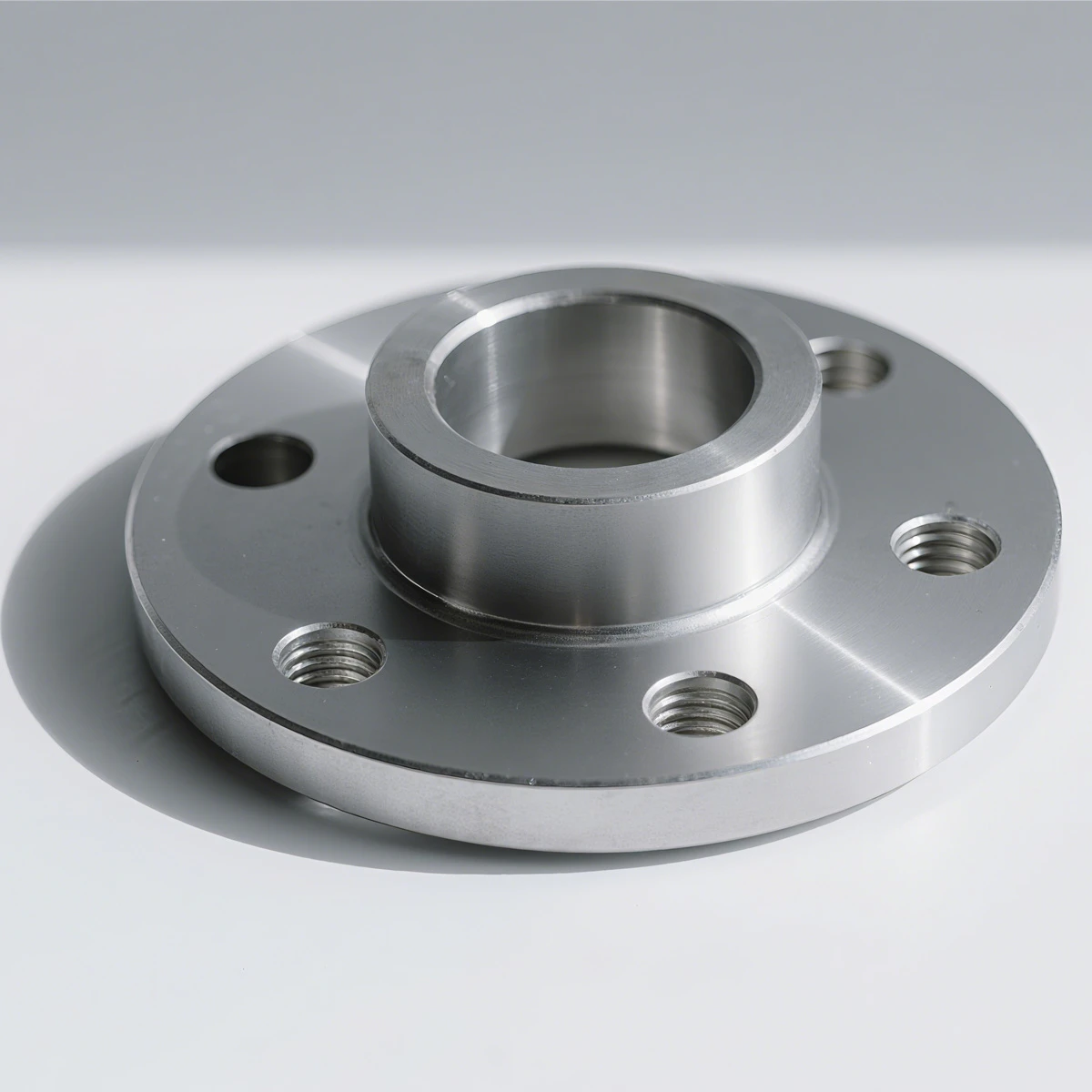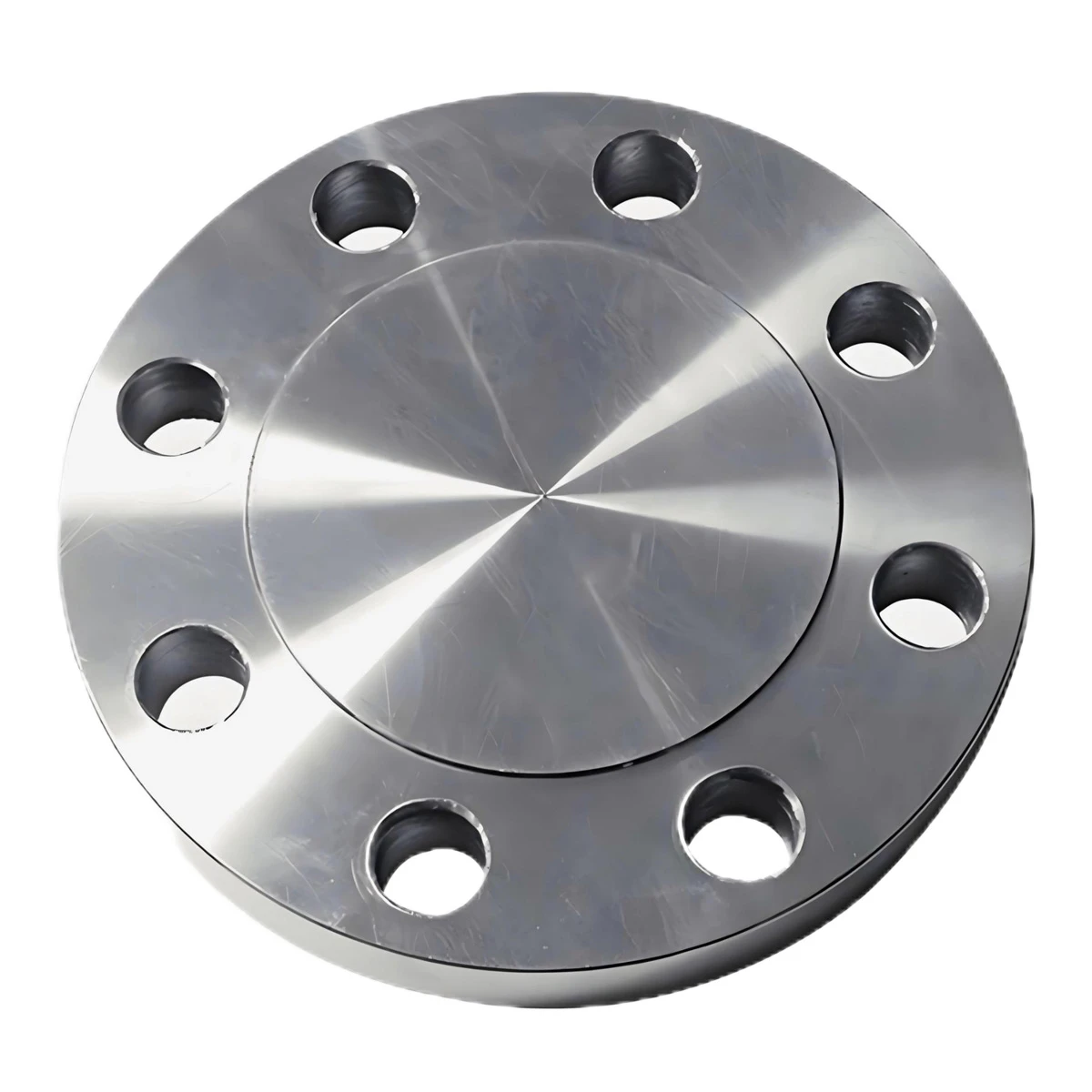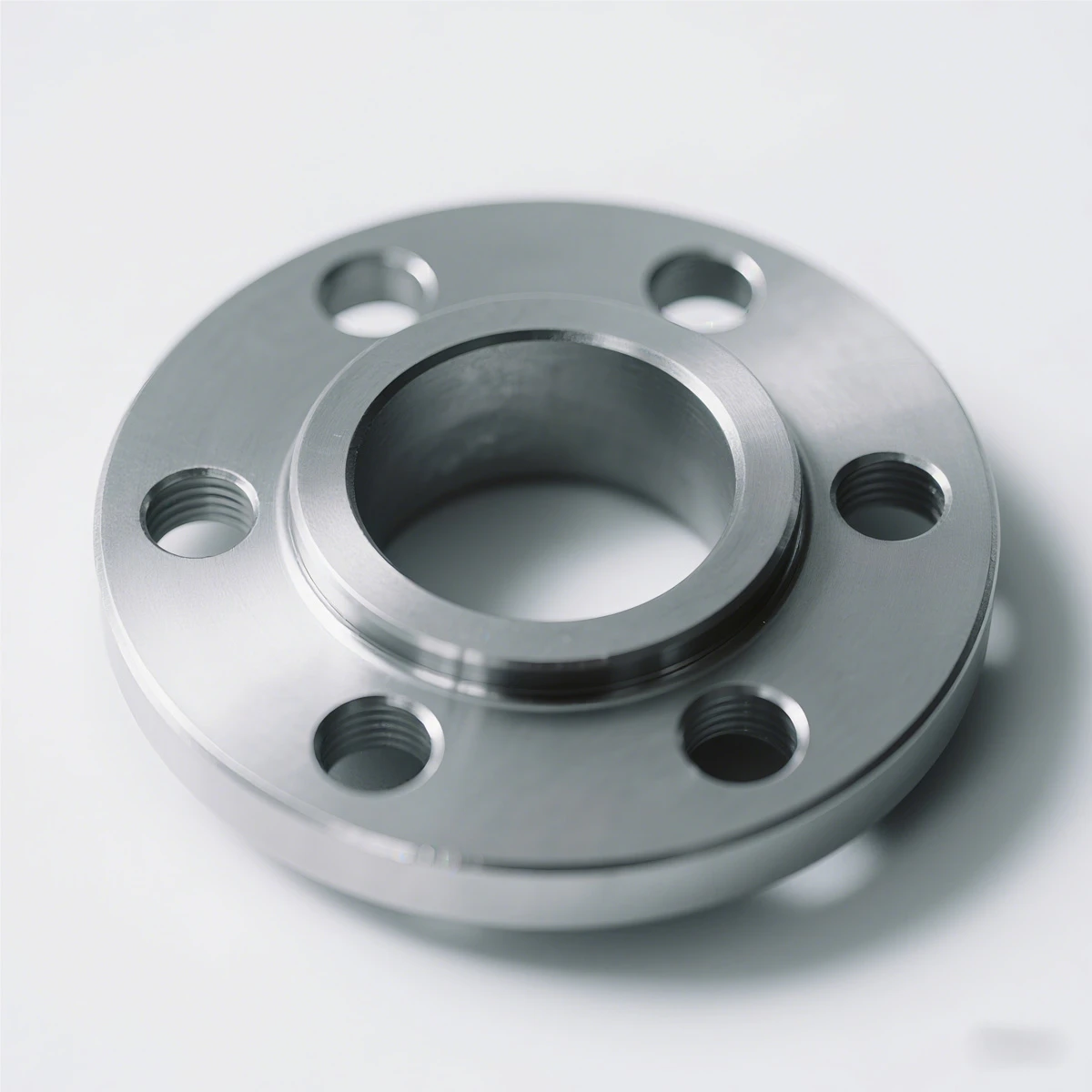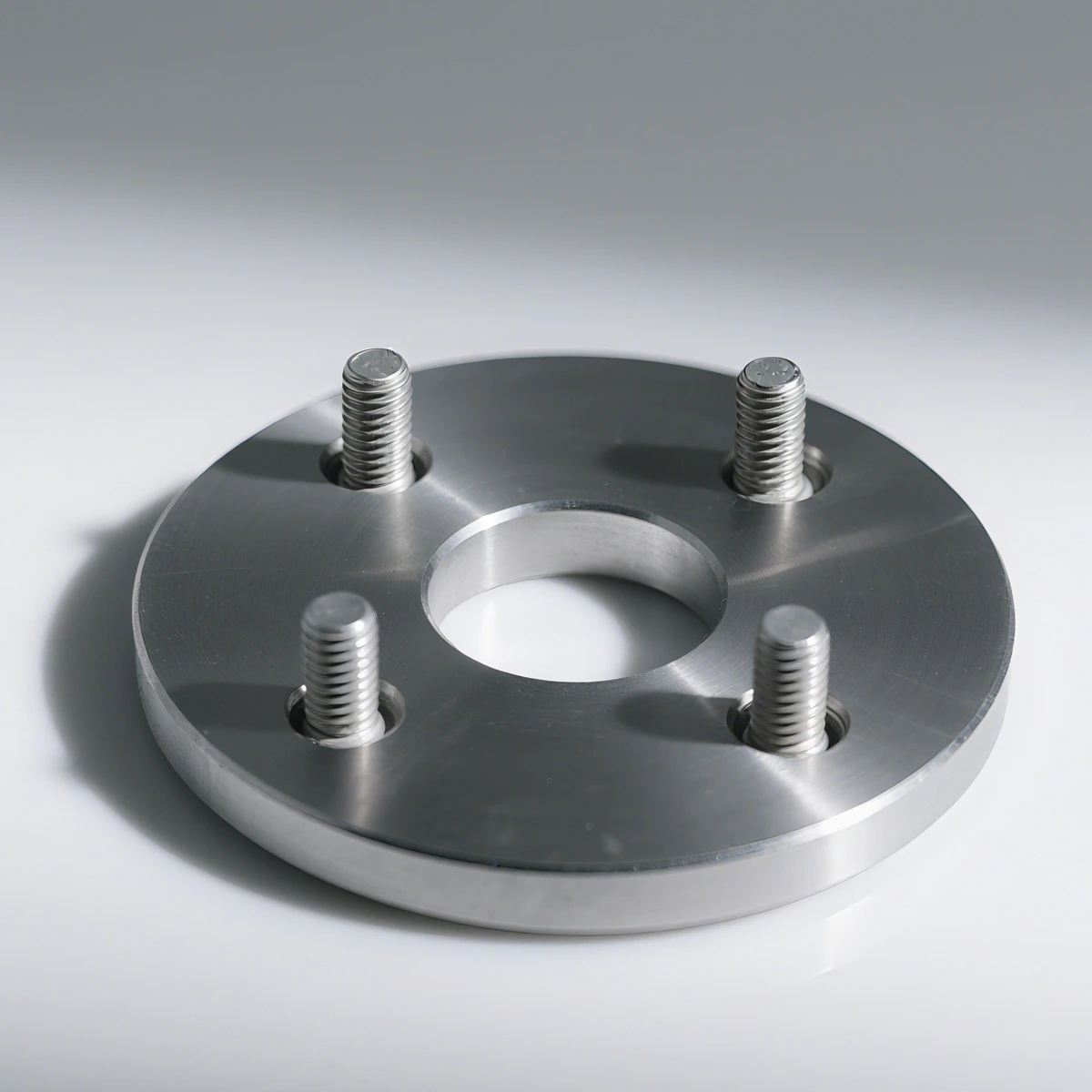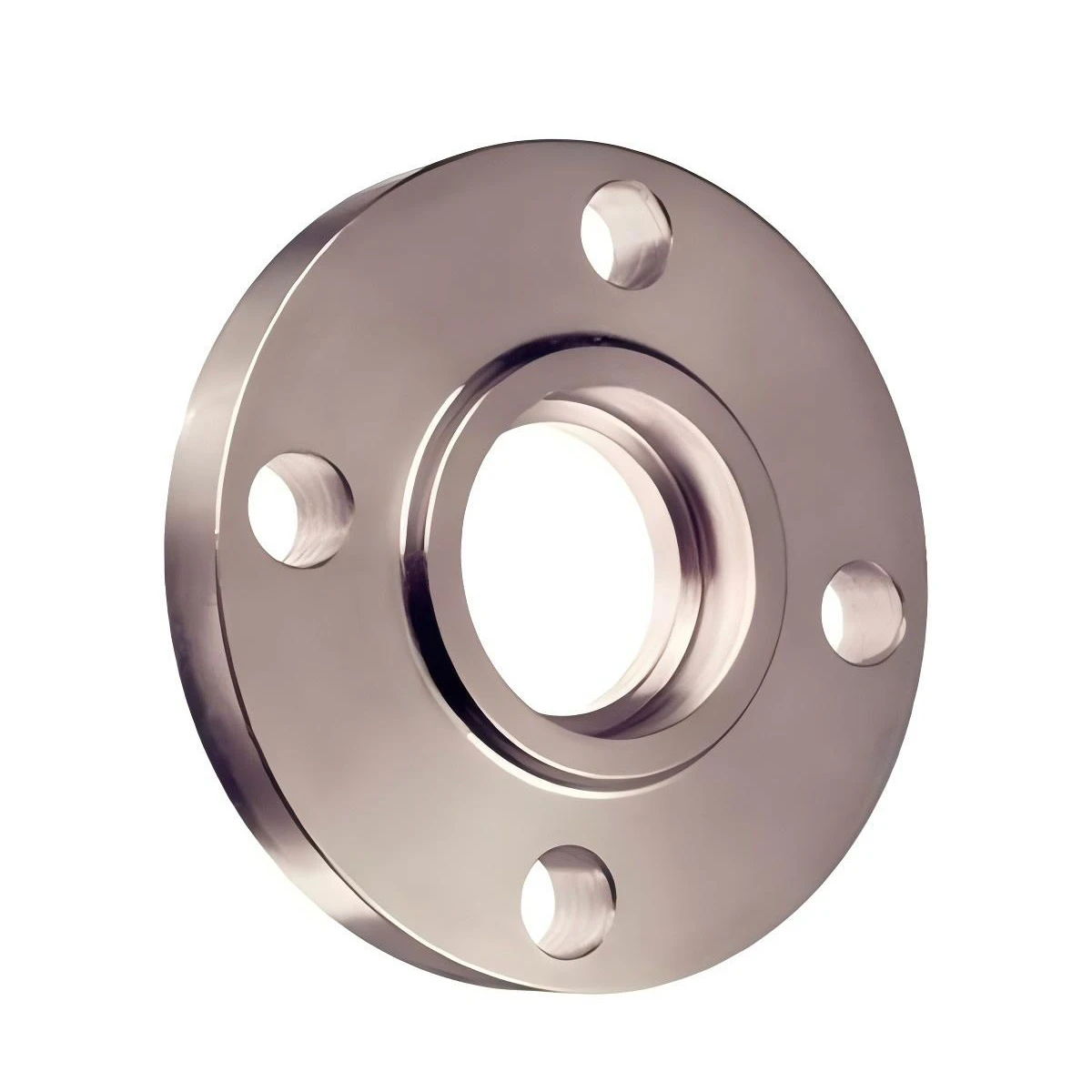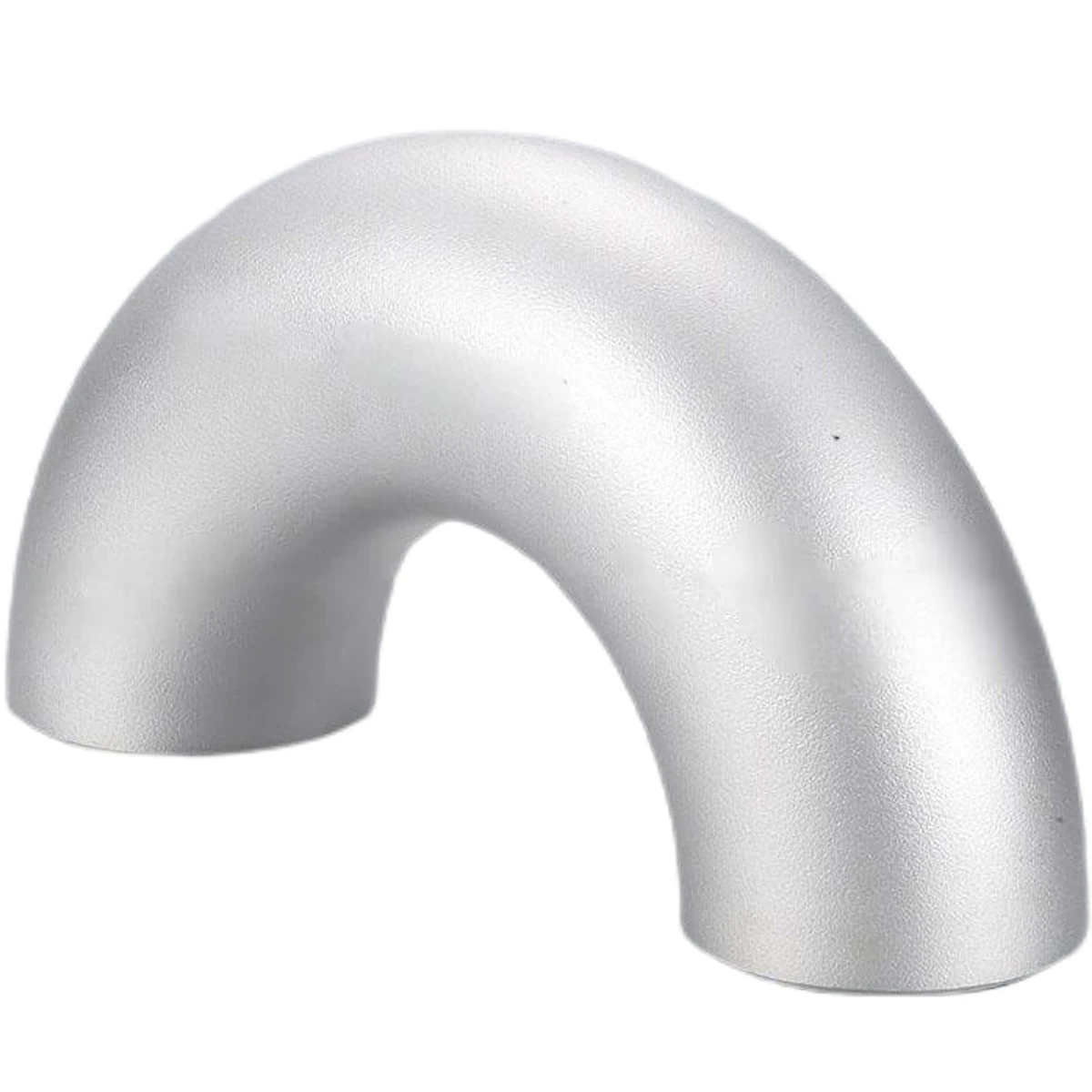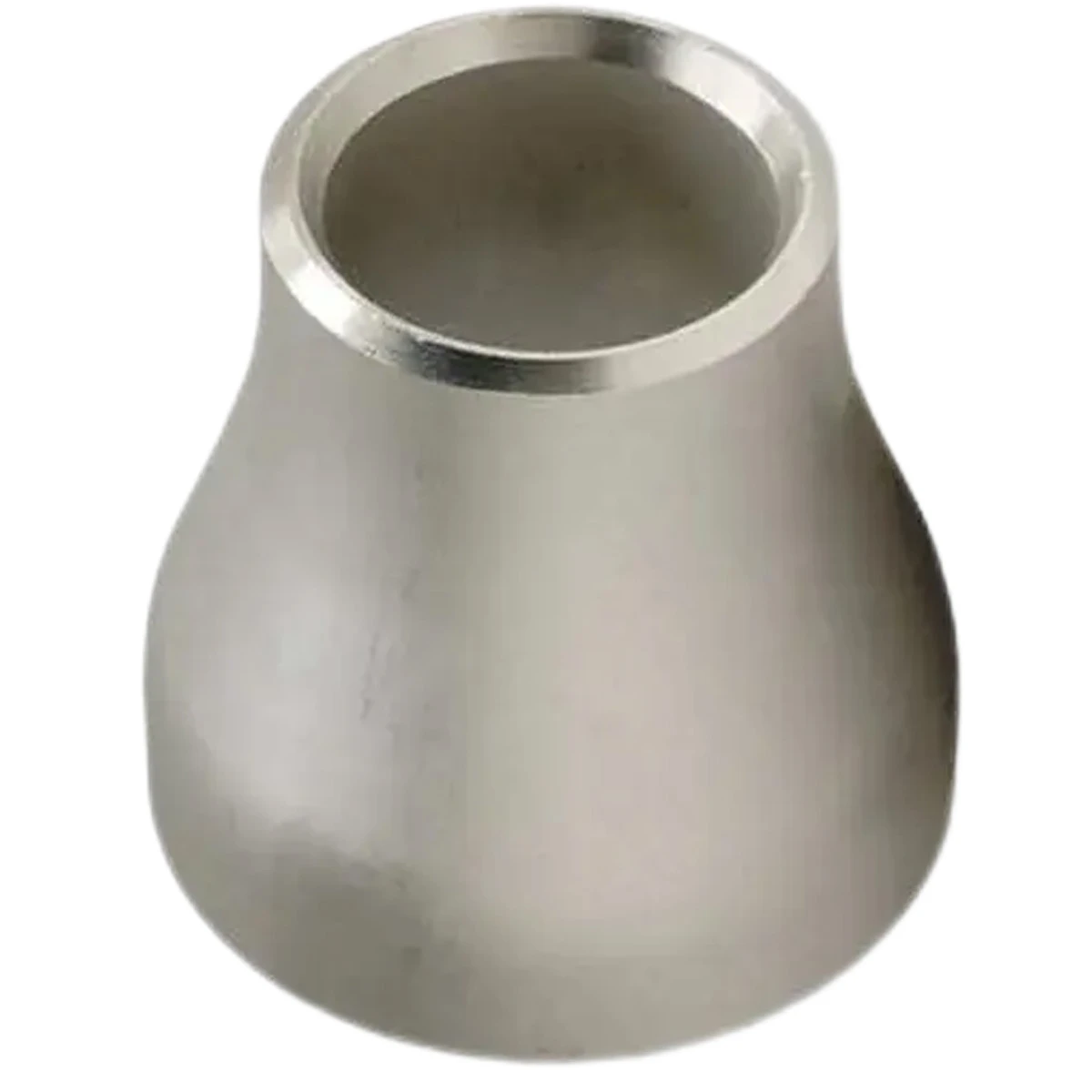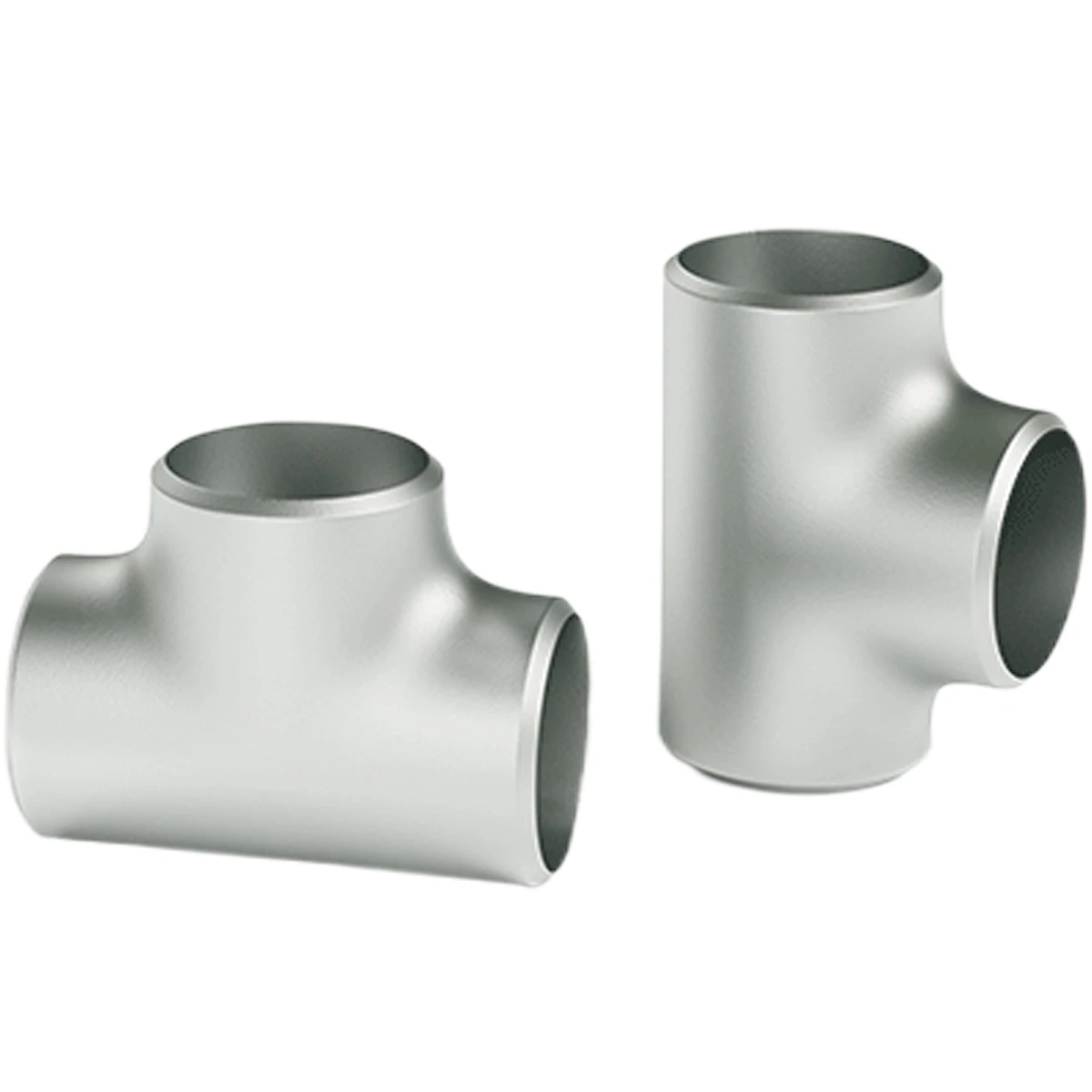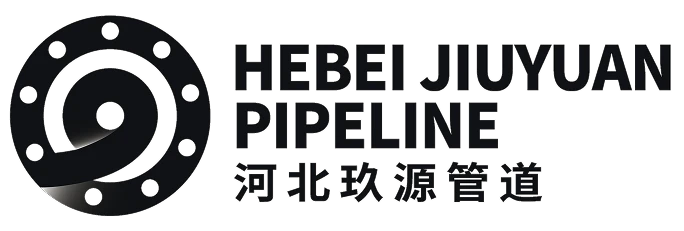
- Albanian
- Arabic
- Armenian
- Azerbaijani
- Belarusian
- Bengali
- Bulgarian
- Croatian
- Czech
- Danish
- Dutch
- English
- Esperanto
- Finnish
- French
- German
- Greek
- Hebrew
- Hungarian
- Indonesian
- irish
- Italian
- Japanese
- Khmer
- Korean
- Kyrgyz
- Lao
- Latin
- Lithuanian
- Malay
- Myanmar
- Norwegian
- Persian
- Polish
- Portuguese
- Romanian
- Russian
- Serbian
- Slovak
- Slovenian
- Spanish
- Swedish
- Tagalog
- Thai
- Turkish
- Turkmen
- Uzbek
- Vietnamese
- Zulu
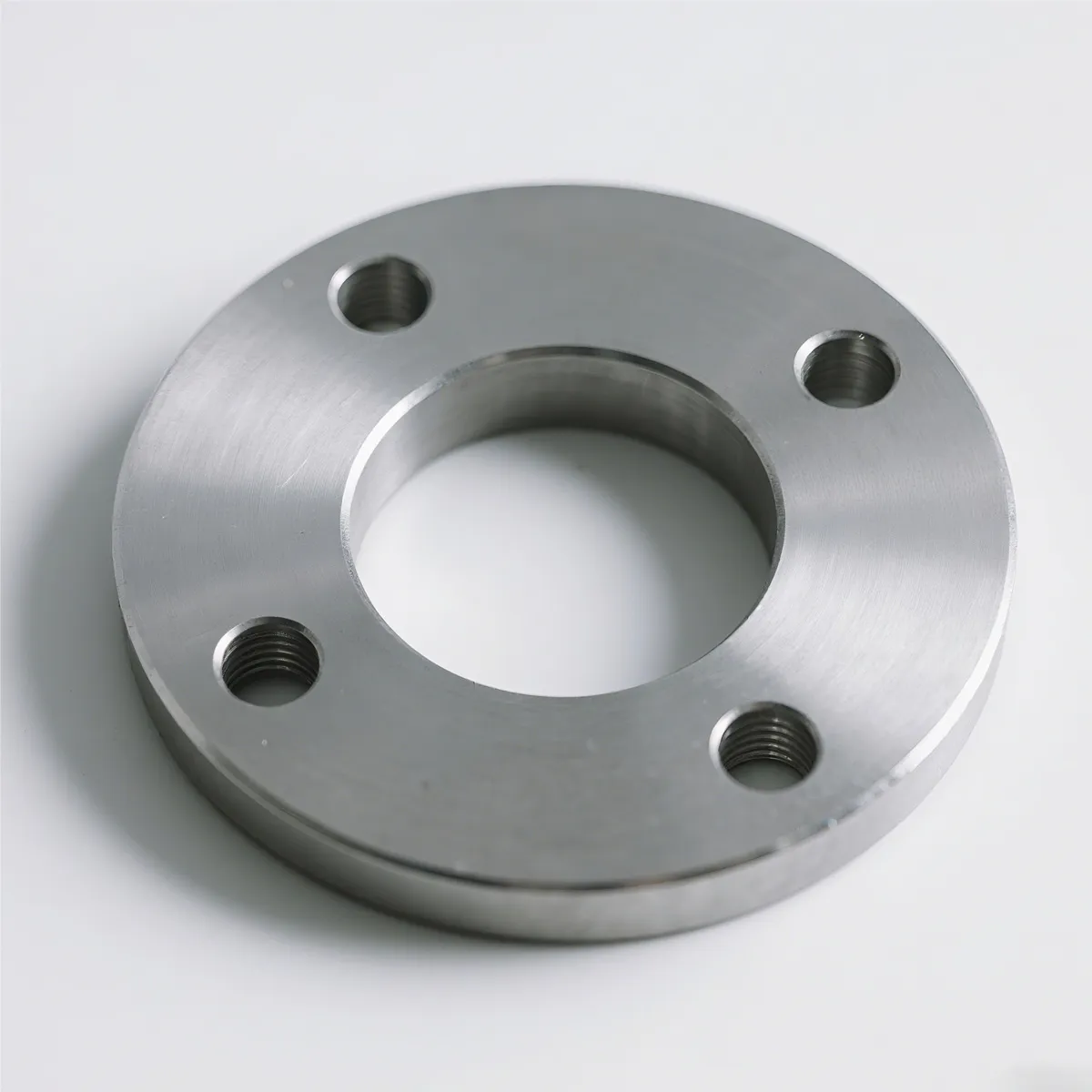
Unlocking Efficiency and Durability with Lapped Flanges in Industrial Systems
In the realm of industrial piping systems, the integrity and longevity of connections are paramount. Among the diverse range of flange types, the lapped flange stands out for its unique design and operational advantages, particularly in applications requiring frequent dismantling or handling of corrosive media. Also known as a lap joint flange, this component, paired with a flange lap joint stub end, offers a compelling solution for systems demanding flexibility and resistance to various forms of degradation. This comprehensive guide delves into the intricacies of lapped flanges, exploring their manufacturing, technical specifications, diverse applications, and the tangible benefits they bring to critical infrastructure across sectors such as petrochemical, metallurgical, and water treatment. By providing detailed insights, real-world data, and a focus on industry standards, we aim to equip B2B decision-makers and technical personnel with the knowledge to make informed procurement choices that enhance system reliability and operational efficiency.
The Precision Manufacturing Process of Lapped Flanges
The production of a high-quality lapped flange is a meticulously controlled process, blending traditional metallurgical techniques with advanced machining. Typically, these flanges are crafted from robust materials such as Carbon Steel (ASTM A105, A350 LF2), Stainless Steel (ASTM A182 F304/304L, F316/316L), and various Alloy Steels (ASTM A182 F5, F9, F11, F22). The manufacturing journey usually begins with either forging or casting. Forging, a process involving the shaping of metal through localized compressive forces, yields superior mechanical properties, including enhanced grain structure and increased tensile strength, making the flange more resistant to stress and fatigue. Casting, while offering greater design flexibility for complex shapes, requires rigorous quality control to ensure material integrity.
Following the initial forming, subsequent stages involve precision CNC machining to achieve the exact dimensions and surface finish required by standards such as ANSI B16.5, ASME B16.47, and EN 1092-1. This ensures a perfect fit with the corresponding lap joint stub end. Critical to the longevity and performance of any lap joint flange is the quality control regime. Non-destructive testing (NDT) methods like ultrasonic testing (UT), magnetic particle inspection (MPI), and dye penetrant inspection (DPI) are routinely employed to detect internal flaws or surface imperfections. Adherence to international standards like ISO 9001 for quality management systems and specific material specifications (e.g., API 6A for oil and gas applications) guarantees the product's reliability and extended service life, often exceeding 20 years under optimal conditions. The combination of high-grade materials and rigorous process control ensures exceptional resistance to corrosion and wear, even in aggressive chemical environments.

Conceptual representation of the precision manufacturing process for Lapped Flanges.
Technical Specifications and Performance Parameters
Understanding the technical specifications of a lapped flange is crucial for ensuring its compatibility and optimal performance within a given piping system. Key parameters include nominal pipe size (NPS), pressure rating (Class), material grade, and specific dimensions. The pressure classes for these flanges typically range from Class 150 to Class 2500, accommodating a wide spectrum of operating pressures from vacuum to extreme high-pressure applications found in petrochemical crackers or offshore drilling platforms. Temperature limits are inherently linked to the material choice; for instance, Carbon Steel A105 flanges can operate effectively between -20°F to 800°F (-29°C to 427°C), while Stainless Steel F316L can withstand temperatures from cryogenic levels up to 1500°F (815°C) in specific non-oxidizing environments.
The distinctive feature of a flange lap joint stub end is its ability to rotate around the pipe, which greatly simplifies bolt hole alignment during installation, especially in large diameter pipes or confined spaces. This design minimizes stress on the piping system from misalignment, contributing to overall system integrity. The following table summarizes typical parameters for commonly used lapped flanges, providing a quick reference for engineers and procurement specialists:
| Parameter | Description | Typical Range/Value | Relevant Standards |
|---|---|---|---|
| Material Grades | Carbon Steel, Stainless Steel, Alloy Steel | ASTM A105, A350 LF2, A182 F304/304L, F316/316L, A182 F5/9/11/22 | ASTM, ASME |
| Nominal Pipe Size (NPS) | Pipe diameter compatibility | 1/2" to 60" (DN15 to DN1500) | ASME B16.5, B16.47 |
| Pressure Class | Maximum allowable pressure | Class 150, 300, 400, 600, 900, 1500, 2500 | ASME B16.5 |
| Facing Type | Gasket contact surface | Flat Face (FF), Raised Face (RF) | ASME B16.5 |
| Operating Temperature | Temperature range based on material | -20°F to 1500°F (-29°C to 815°C) | ASME B16.5, Material Specs |
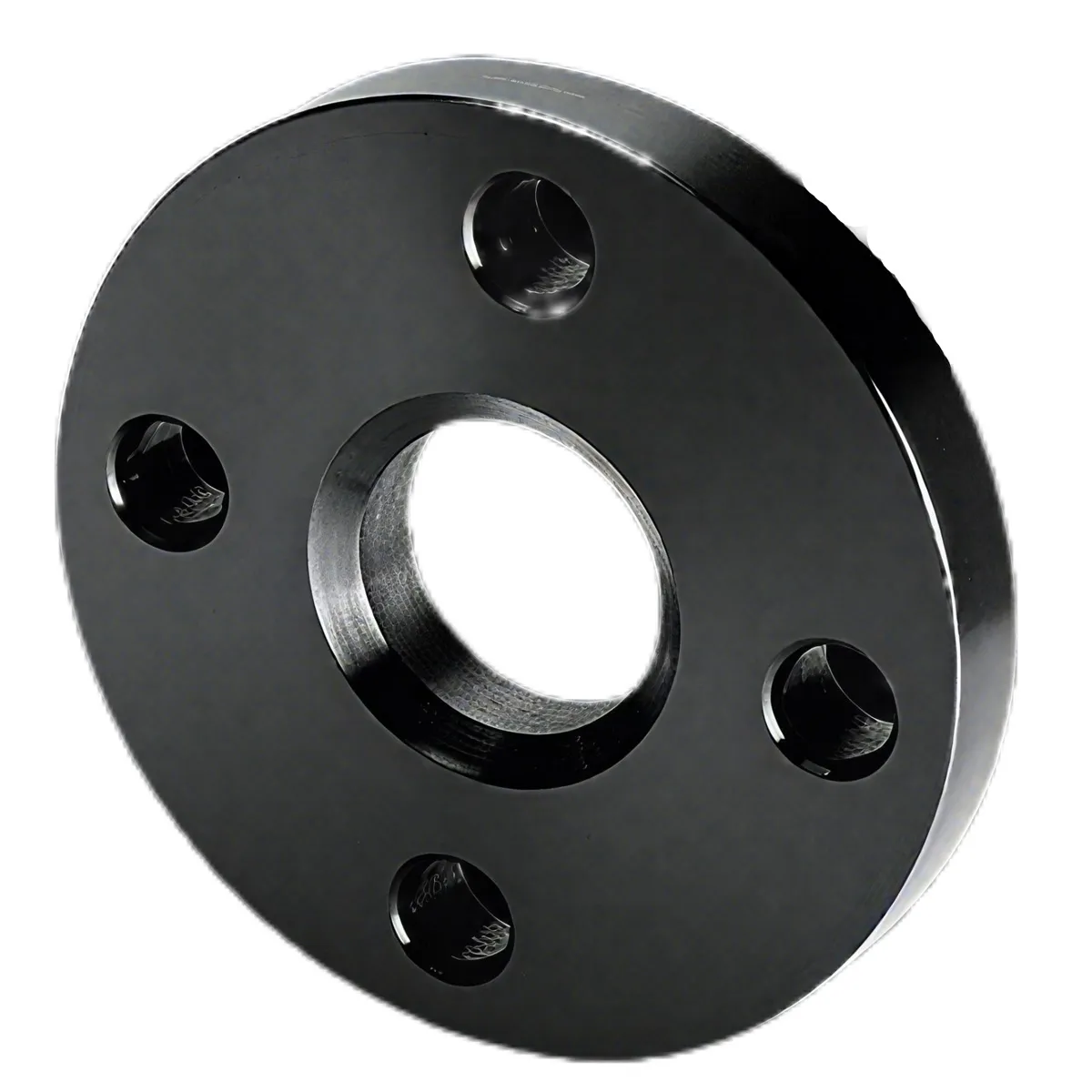
Detailed view of a Lap Joint Flange with a Stub End, illustrating critical dimensions.
Key Applications and Industry Adoption
The versatility and specific advantages of the lap joint flange make it indispensable across a multitude of industrial sectors. Its primary strength lies in its ability to facilitate easy alignment and disassembly, making it ideal for systems that require frequent maintenance, inspection, or alteration without disturbing the entire pipeline. This feature significantly reduces downtime and labor costs during repair or modification. A notable advantage is its superior corrosion resistance when used with expensive corrosion-resistant alloys (CRAs) for the stub end, while the main flange itself can be made from more economical carbon steel. This cost-effective solution is particularly beneficial in corrosive fluid services, such as those found in chemical processing plants.
In the petrochemical industry, lapped flange connections are frequently used in piping that transports aggressive chemicals or requires regular cleaning. Their ability to minimize stress from pipe misalignment is also critical in large-scale refinery operations, ensuring leak-free connections under high operational stresses. Similarly, in the metallurgical sector, especially within steel mills and non-ferrous metal processing, these flanges are employed in systems handling pickling acids or high-temperature processing fluids, where material integrity and ease of maintenance are paramount. For municipal and industrial water supply and drainage systems, where pipes may need to be disconnected for cleaning or repair, the flexibility of a flange lap joint stub end offers significant operational benefits, contributing to prolonged system life and reduced operational expenditures. Furthermore, the inherent design allows for improved energy efficiency by minimizing potential leak points that could lead to energy loss, ensuring systems operate closer to their design parameters.
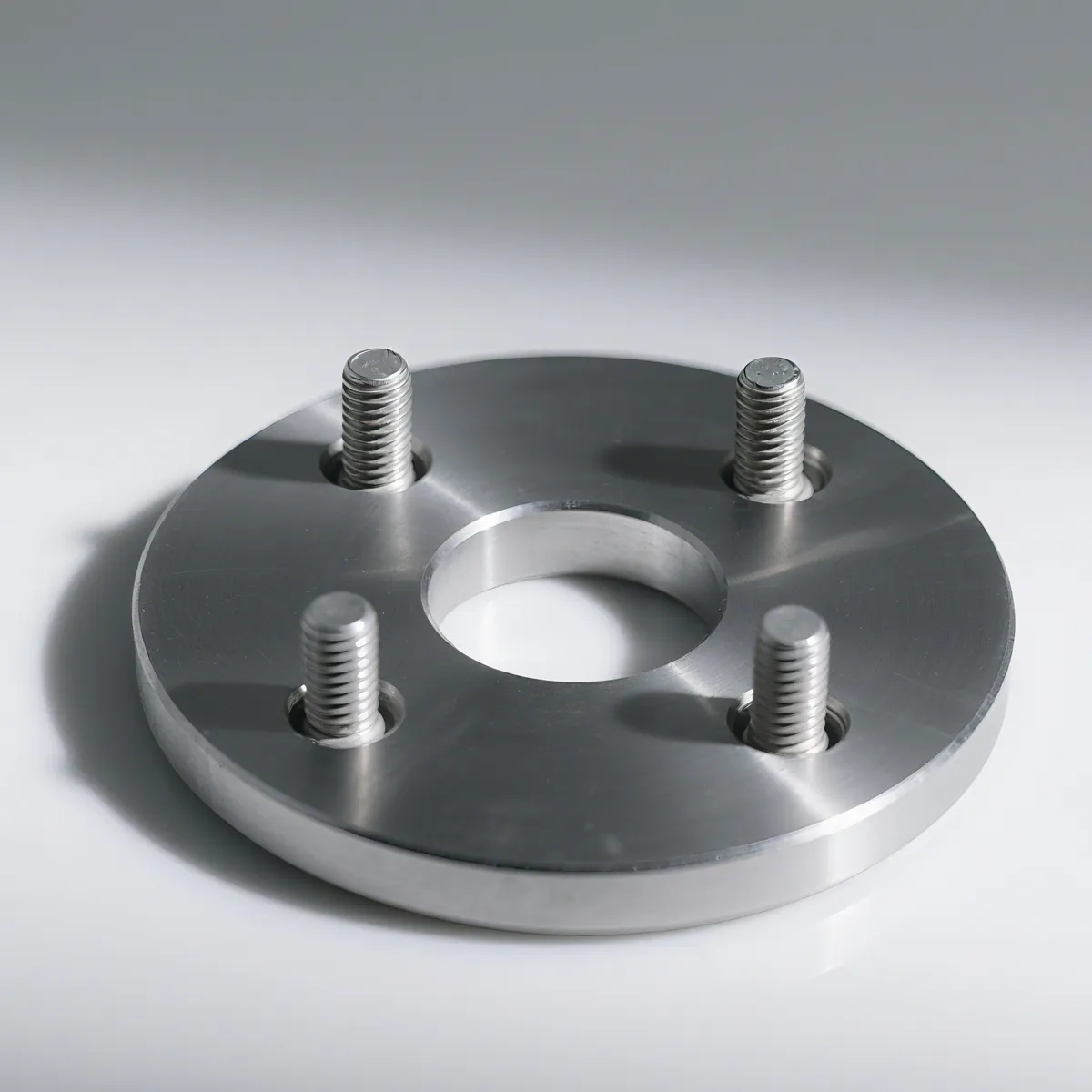
Illustrative application of Lapped Flanges in a complex industrial piping network.
Advantages of Choosing High-Quality Lapped Flanges
Investing in high-quality lapped flange systems offers significant long-term advantages that translate directly into operational cost savings and enhanced safety. One of the primary benefits is the extended service life. Manufactured to stringent international standards (e.g., ISO, ANSI, ASME, DIN), top-tier flanges exhibit superior resistance to wear, fatigue, and environmental degradation. This translates to fewer replacements and reduced maintenance interventions over the lifespan of the piping system, with high-grade carbon steel or stainless steel options designed to last for decades, even in demanding conditions. For example, a properly selected and installed lap joint flange in a chemical plant handling sulfuric acid could easily outlast a standard weld neck flange by many years if the stub end is made of a high-nickel alloy, drastically cutting the total cost of ownership.
Furthermore, the unique design contributes to improved energy efficiency. By allowing the independent rotation of the flange around the stub end, installers can achieve perfect bolt hole alignment without stressing the pipe or the flange itself. This precise alignment ensures an optimal gasket seal, minimizing the potential for costly leaks of process fluids or gases. Leaks not only represent lost product but also wasted energy, whether through fluid loss, heat escape, or the need for continuous make-up. In applications like steam lines or large-scale HVAC systems, preventing even minor leaks through robust flange lap joint stub end connections can lead to substantial energy savings annually. Our commitment to quality is underscored by our ISO 9001:2015 certification, ensuring every product meets rigorous quality benchmarks from raw material sourcing to final inspection, providing our clients with unparalleled reliability and peace of mind.
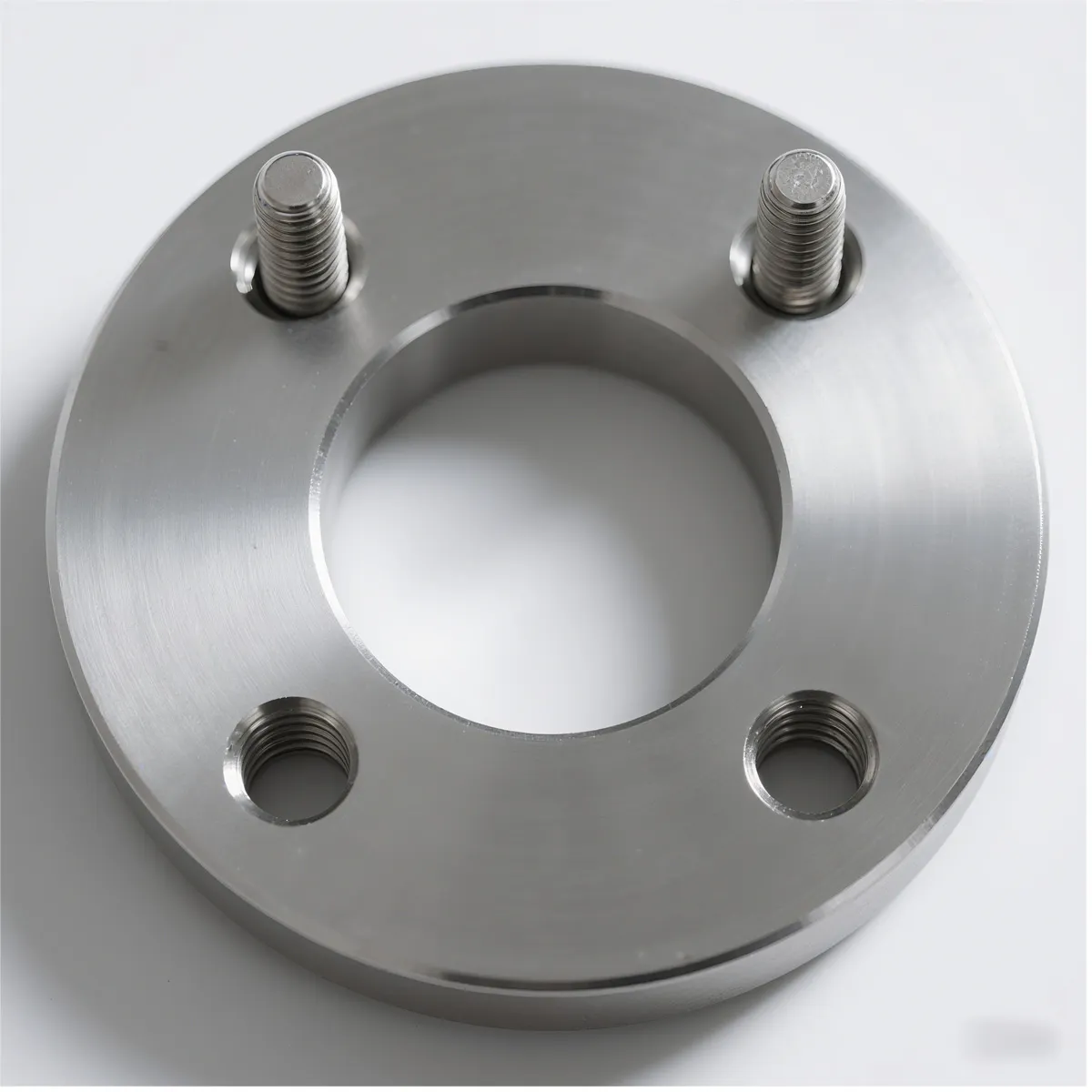
A high-quality Lapped Flange designed for demanding industrial environments.
Customization and Engineering Solutions
While standard lapped flange dimensions and material grades cover a broad range of applications, many industrial projects encounter unique challenges that necessitate customized engineering solutions. Our capabilities extend beyond off-the-shelf products to include bespoke manufacturing based on specific client requirements. This includes adapting dimensions for non-standard pipe sizes, designing for extreme pressure or temperature conditions not met by conventional ratings, or utilizing specialized exotic alloys for highly corrosive or abrasive media. For instance, in a recent project for a desulfurization plant, we engineered custom lap joint flange assemblies from duplex stainless steel (e.g., UNS S31803) to withstand high chloride concentrations and elevated temperatures, ensuring unparalleled resistance to pitting and crevice corrosion that would rapidly degrade standard stainless steel.
Our team of experienced engineers works closely with clients from conceptualization to final delivery, utilizing advanced simulation software to validate designs and predict performance under specified operating conditions. This collaborative approach ensures that every custom flange lap joint stub end solution is not only technically sound but also cost-effective and compliant with all relevant industry codes. Whether it's a minor dimensional adjustment or a complete re-engineering for a novel application, our focus remains on delivering precise, reliable, and durable components that seamlessly integrate into complex systems, optimizing overall plant performance and extending operational lifecycles. Our commitment to innovation and problem-solving has made us a trusted partner for challenging projects worldwide.
Real-World Application Cases and Customer Success
Our track record demonstrates the tangible benefits our lapped flange solutions bring to real-world industrial operations. A prominent example includes our partnership with a major oil and gas refinery in the Middle East. Faced with persistent issues of pipe misalignment and difficult maintenance in their crude distillation unit, they opted to replace traditional weld-neck flanges with our high-grade lap joint flange assemblies. This transition significantly streamlined their routine maintenance schedule, reducing overhaul times by an estimated 25% due to the simplified bolt alignment and disassembly process. The improved sealing integrity also led to a measurable reduction in volatile organic compound (VOC) emissions, aligning with their environmental compliance goals.
Another notable case involves a large-scale wastewater treatment plant in Southeast Asia. They required a robust and easily maintainable piping solution for their chemical dosing systems, which handle highly corrosive coagulants and disinfectants. Our customized flange lap joint stub end in HDPE (High-Density Polyethylene) for the stub and carbon steel for the flange provided excellent corrosion resistance while offering the mechanical strength needed. The ease of rotation proved invaluable during installation in confined spaces, and the modular design has simplified future expansions and modifications. These successes underscore our capability to deliver reliable, performance-driven solutions that meet the specific operational and environmental challenges of our diverse clientele, contributing directly to their operational efficiency and long-term asset reliability. Our decade-long service in the industry stands as a testament to our enduring commitment.
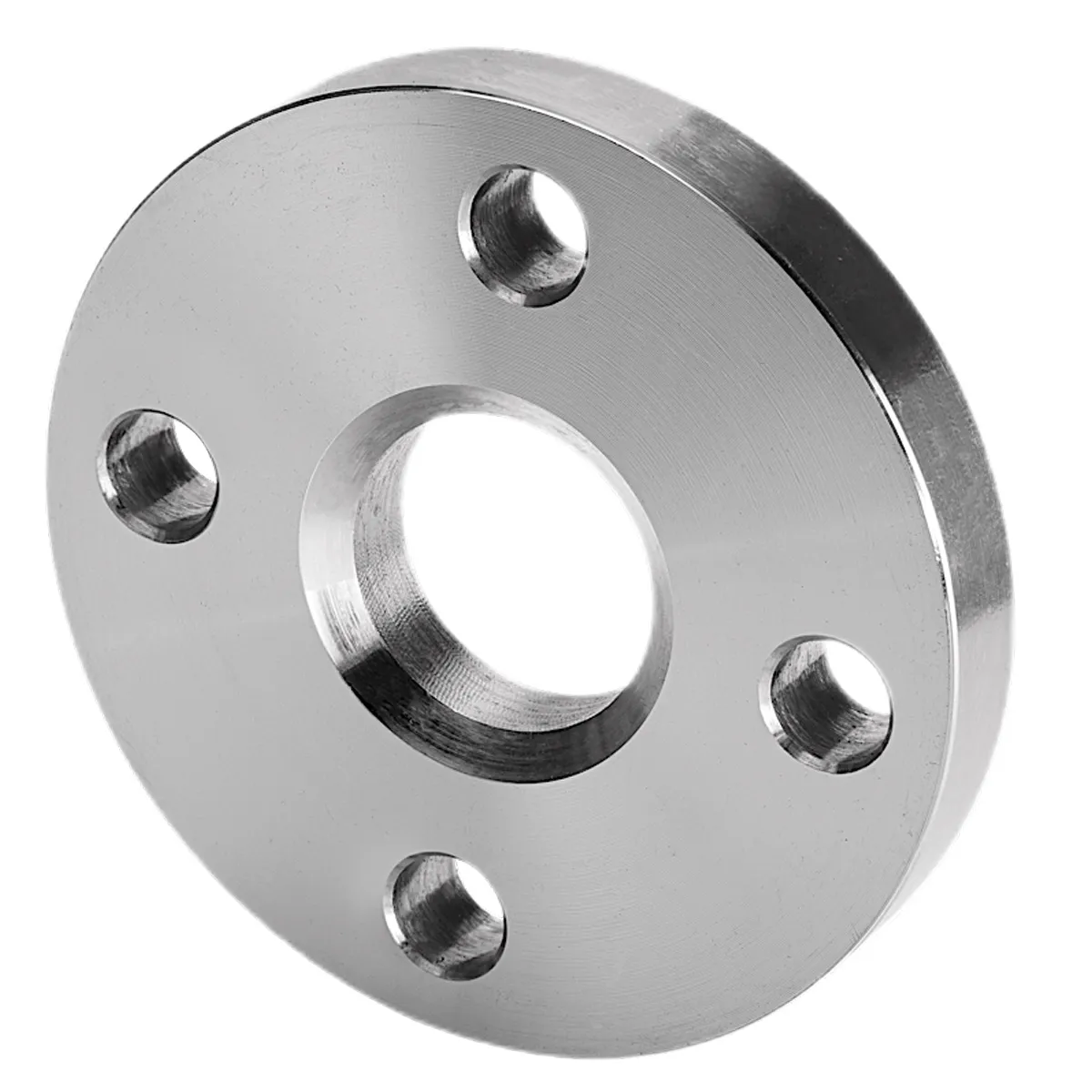
Application of Lapped Flanges in a large-scale industrial project.
Frequently Asked Questions (FAQ) about Lapped Flanges
Q1: What is the primary advantage of a lapped flange over a weld-neck flange?
A1: The main advantage of a lap joint flange lies in its two-piece design, featuring a stub end that is butt-welded to the pipe and a loose flange that rotates around it. This rotational capability greatly simplifies bolt hole alignment during assembly, especially in misaligned pipes or large diameters, reducing installation time and labor costs. In contrast, weld-neck flanges require precise alignment before welding.
Q2: Can lapped flanges be used in high-pressure applications?
A2: Yes, lapped flanges are manufactured to various ASME pressure classes, ranging from Class 150 to Class 2500, making them suitable for a wide array of pressure conditions, including high-pressure systems. Their performance in such applications depends heavily on the material grade, wall thickness of the stub end, and proper installation practices, particularly ensuring correct bolt torque.
Q3: How does a flange lap joint stub end contribute to corrosion resistance?
A3: The stub end is the only component that comes into direct contact with the process fluid. This design allows the stub end to be manufactured from expensive corrosion-resistant alloys (CRAs) like Inconel, Monel, or Hastelloy, while the main flange can be made from a more economical material like carbon steel. This combination provides excellent corrosion resistance where it's needed most, without incurring the prohibitive costs of a full CRA flange system, thus optimizing material use and cost efficiency.
Q4: What is your typical delivery lead time for custom lapped flanges?
A4: Our delivery lead times vary based on product complexity, material availability, and order volume. For standard lapped flange orders, we typically dispatch within 2-4 weeks. For custom-engineered solutions or bulk orders, lead times are confirmed upon project scope definition, usually ranging from 6-12 weeks. We maintain robust supply chain logistics and can provide expedited services for urgent requirements, subject to project specifics.
Ensuring Your Investment: Delivery, Warranty, and Support
At [Your Company Name], we understand that the reliability of your supply chain and the quality of post-purchase support are as crucial as the product itself. Our commitment to client satisfaction extends beyond the manufacturing of superior lapped flange products. We pride ourselves on transparent and efficient delivery processes. From order confirmation to dispatch, our logistics team ensures timely and secure delivery, minimizing project delays. We provide clear communication regarding estimated delivery windows and real-time tracking for all shipments, whether domestic or international. Our packaging protocols are designed to protect the integrity of each lap joint flange during transit, ensuring they arrive in pristine condition, ready for immediate installation.
Each flange lap joint stub end and associated flange assembly is backed by a comprehensive warranty, typically covering manufacturing defects and material integrity for a period of [e.g., 12-24 months] from the date of shipment. This warranty underscores our confidence in the durability and quality of our products, providing clients with peace of mind. Beyond the warranty period, our dedicated customer support team remains available to assist with any technical inquiries, installation guidance, or troubleshooting needs. We believe in building long-term partnerships with our clients, offering continuous support and expert advice to ensure the optimal performance and longevity of their piping systems. This holistic approach to client service is a cornerstone of our business philosophy, ensuring that your investment in our products delivers sustained value.

Rigorous quality assurance checks ensuring the reliability of Lapped Flanges.
Authoritative References
- American Society of Mechanical Engineers (ASME). ASME B16.5, Pipe Flanges and Flanged Fittings: NPS 1/2 Through NPS 24 Metric/Inch Standard.
- International Organization for Standardization (ISO). ISO 9001:2015, Quality management systems – Requirements.
- ASTM International. ASTM A105/A105M, Standard Specification for Forgings, Carbon Steel, for Piping Components.
- American Petroleum Institute (API). API Spec 6A, Specification for Wellhead and Christmas Tree Equipment.
- European Committee for Standardization (CEN). EN 1092-1, Flanges and their joints - Circular flanges for pipes, valves, fittings and accessories, PN designated - Part 1: Steel flanges.
-
 Apr. 24, 2025
Apr. 24, 2025Jiuyuan Pipeline is excited to announce its participation in the upcoming 2025 Wire / Tube with Metal & Steel KSA exhibition, scheduled from May 5th to May 7th, 2025.
-
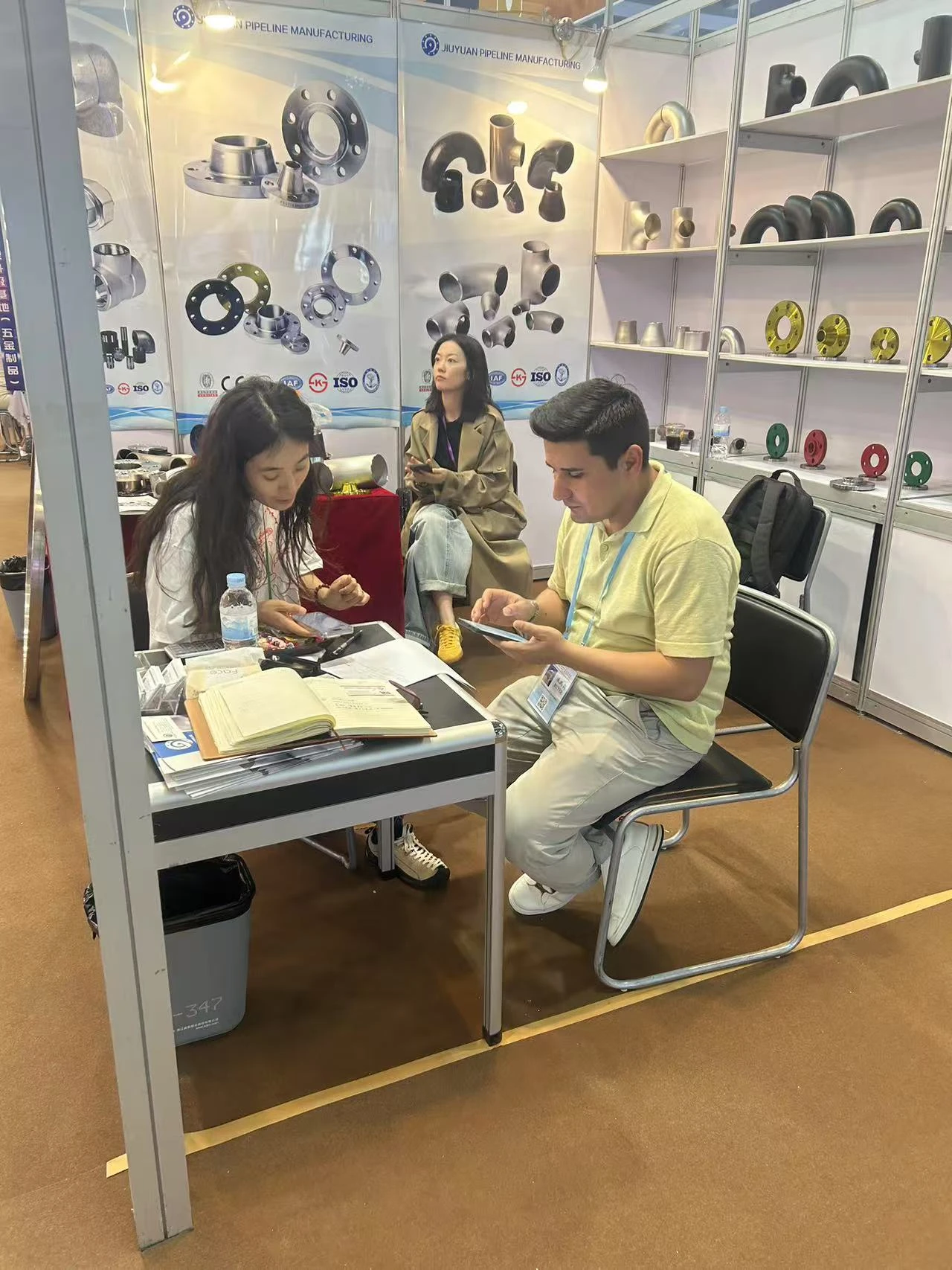 Apr. 28, 2025
Apr. 28, 2025From April 15 to April 19, 2025, our company proudly participated in the renowned Canton Fair held in Guangzhou, China.
If you are interested in our products, you can choose to leave your information here, and we will be in touch with you shortly.
